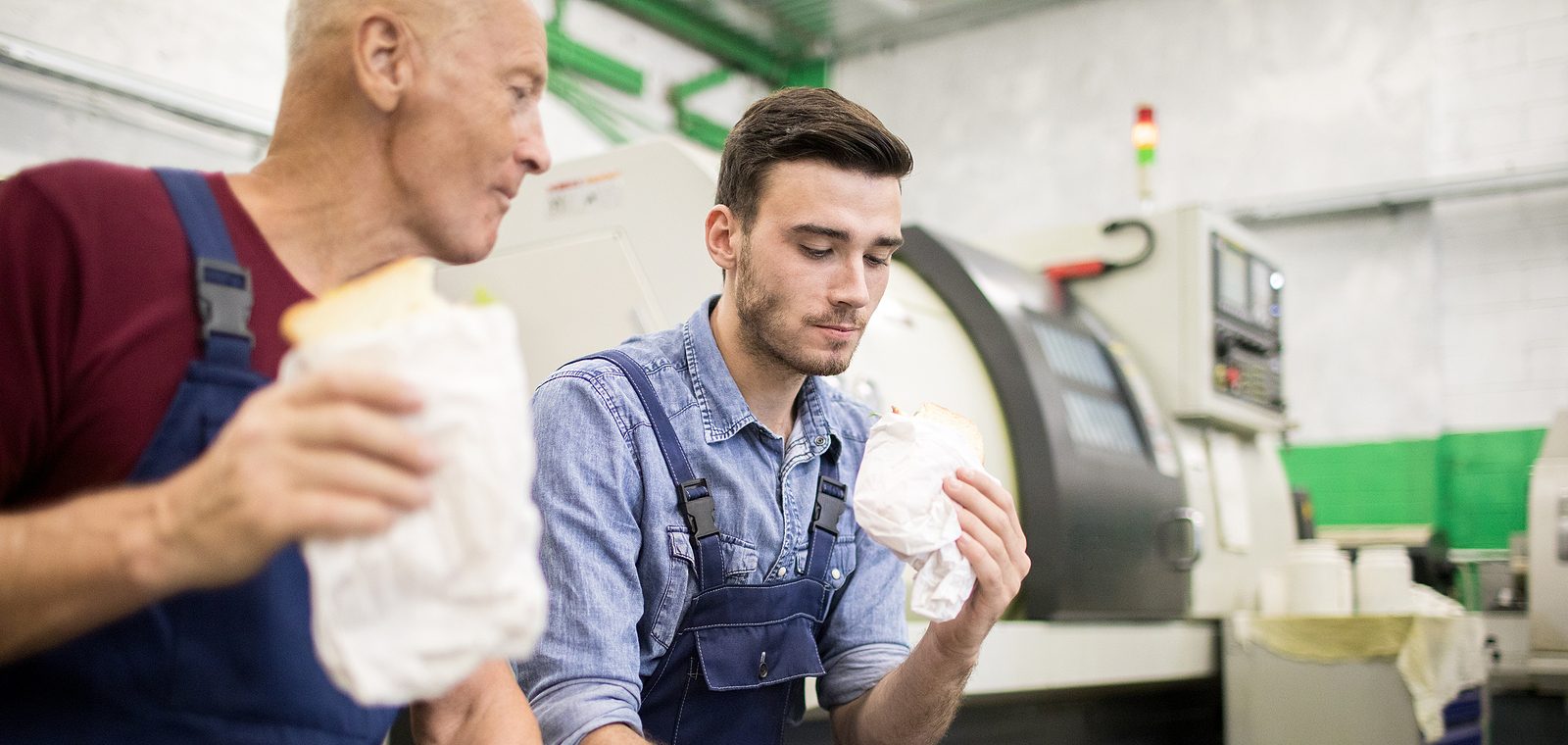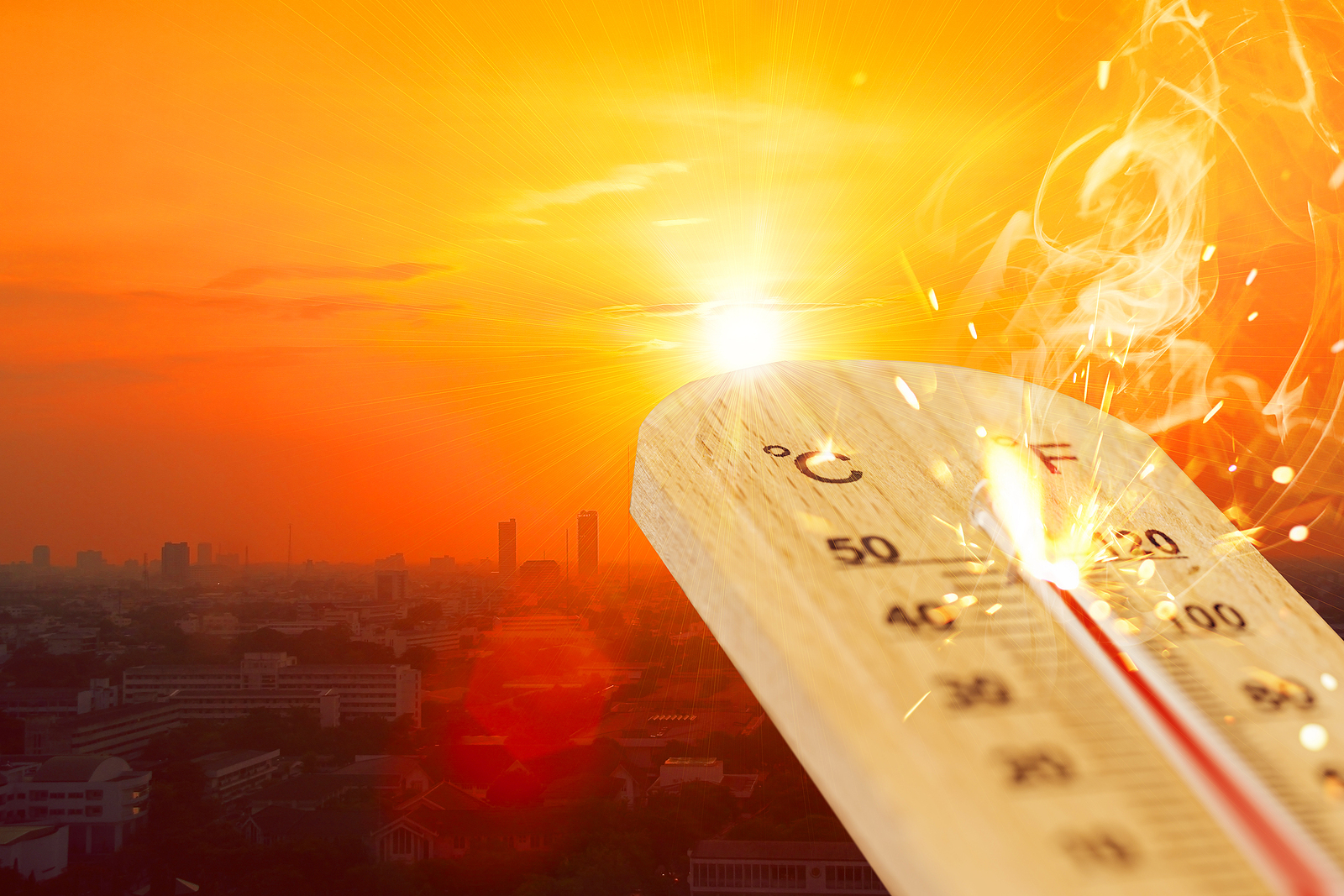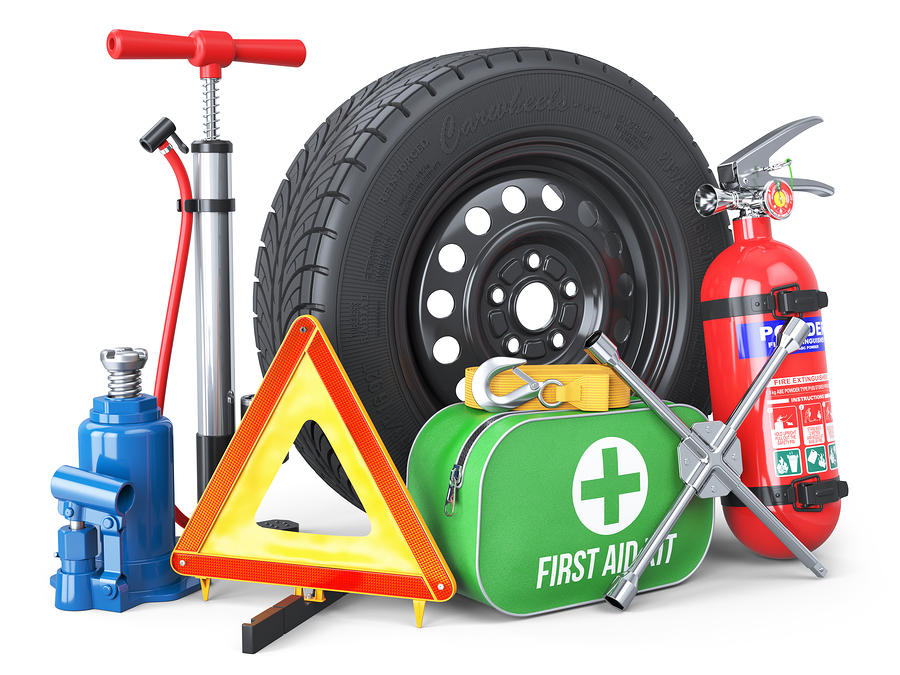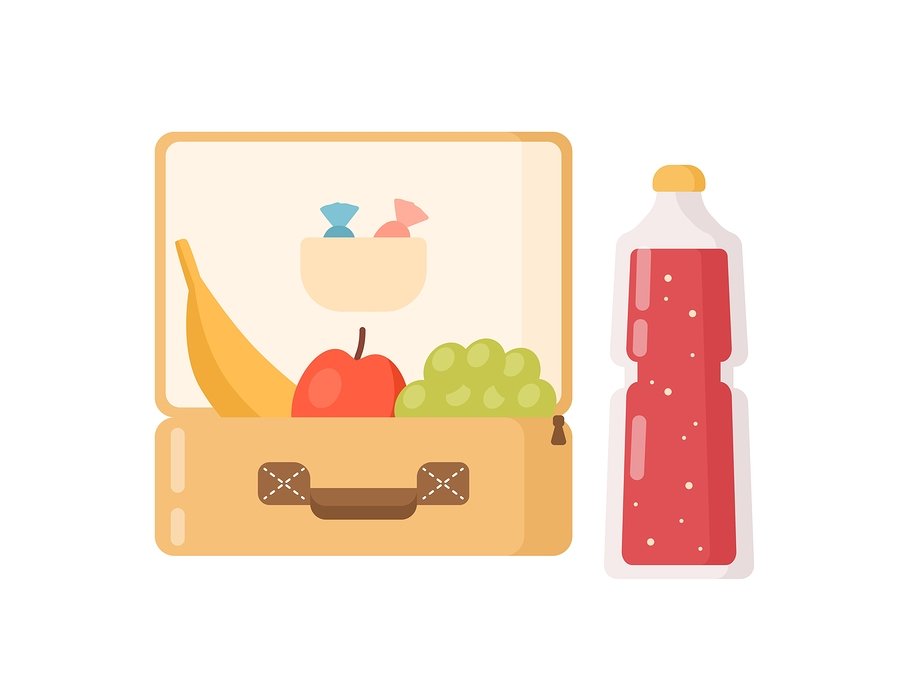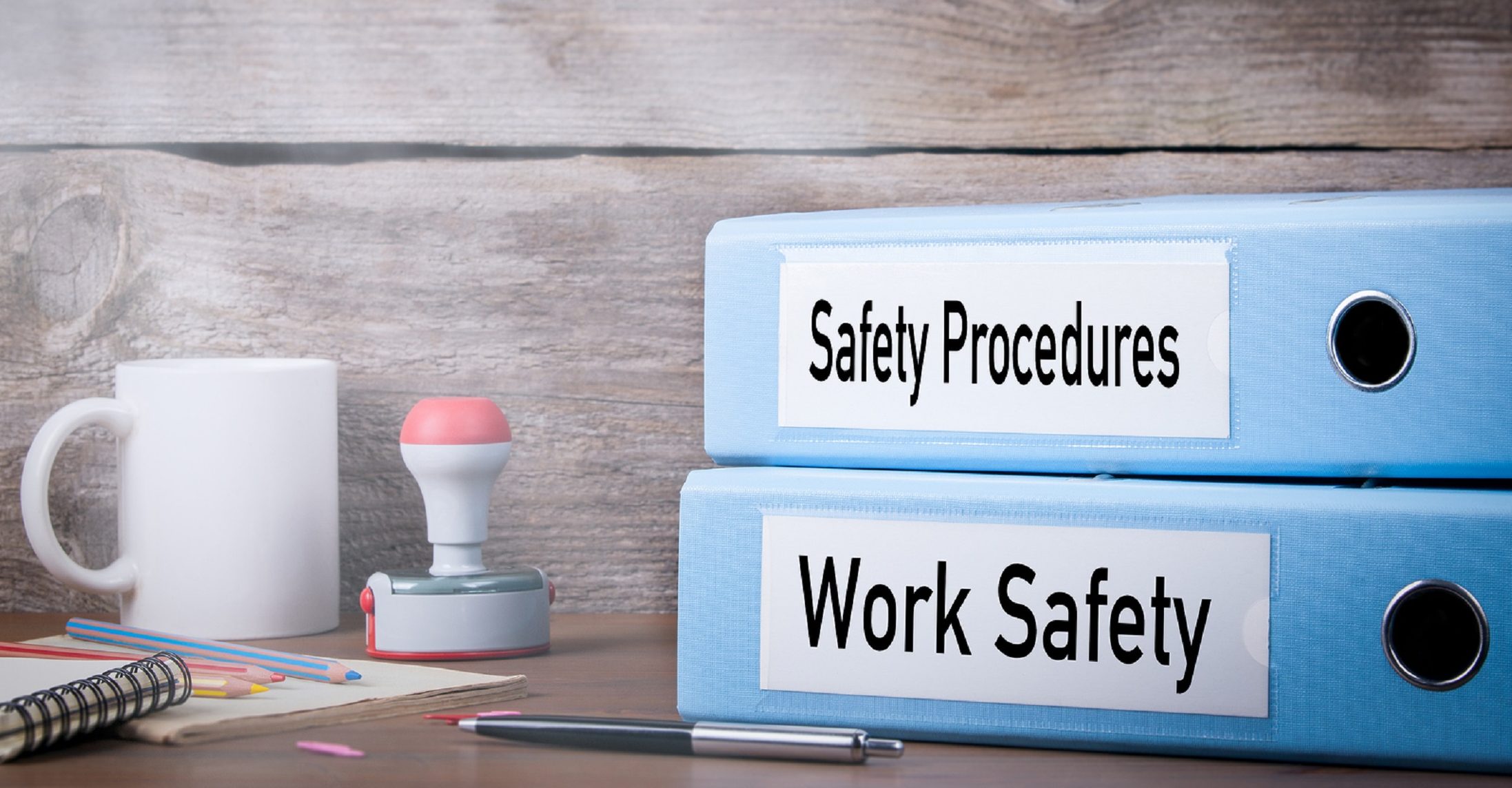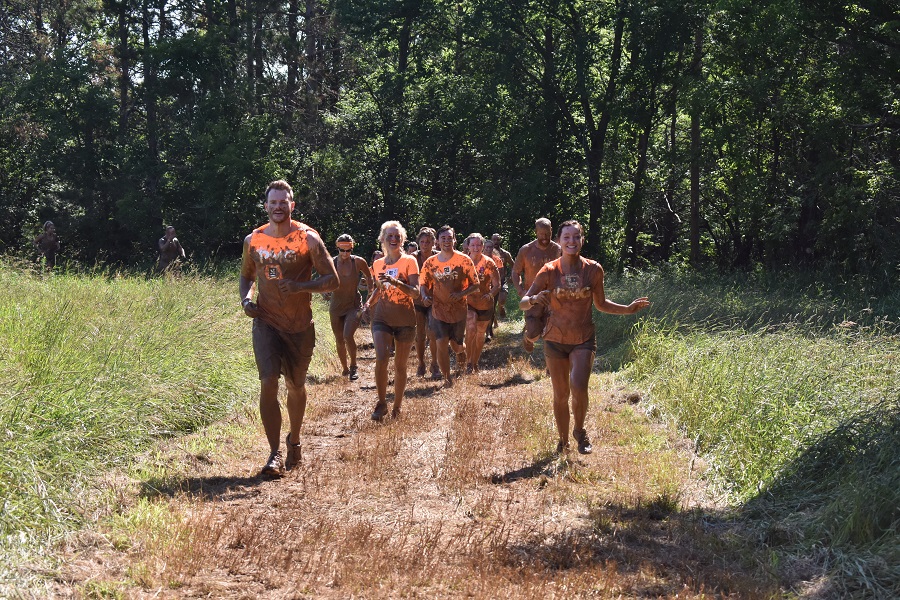Trick-or-Treat, Smell My Feet…
Turns out, this fun little saying from my childhood doesn’t work anymore since no one should be getting close enough to smell our feet. In all seriousness, trick-or-treating presents some new challenges this year due to COVID-19. We wanted to share some tips courtesy of the CDC:
- Trick-or-Treat at home. Hide treats around the house so the little people in your life still get a treat without the potential threat of COVID.
- If you decide to Trick-or-Treat, incorporate a mask into your costume. Consider going as a doctor or a nurse – they’re the true super heroes this year anyway!
- Maintain 6 feet of distance from anyone not in your direct household.
- If you’re handing out treats, consider setting up outside or putting out individually bagged treats for kids to grab (no contact required).
- Wash hands before handling/eating any treats.
No matter how you celebrate this weekend, have fun and be safe. Take the ‘h’ out of the ‘threat’ of COVID and go with a ‘treat’ instead.
… Gimme something good to eat!


